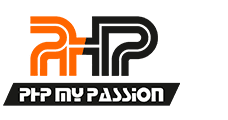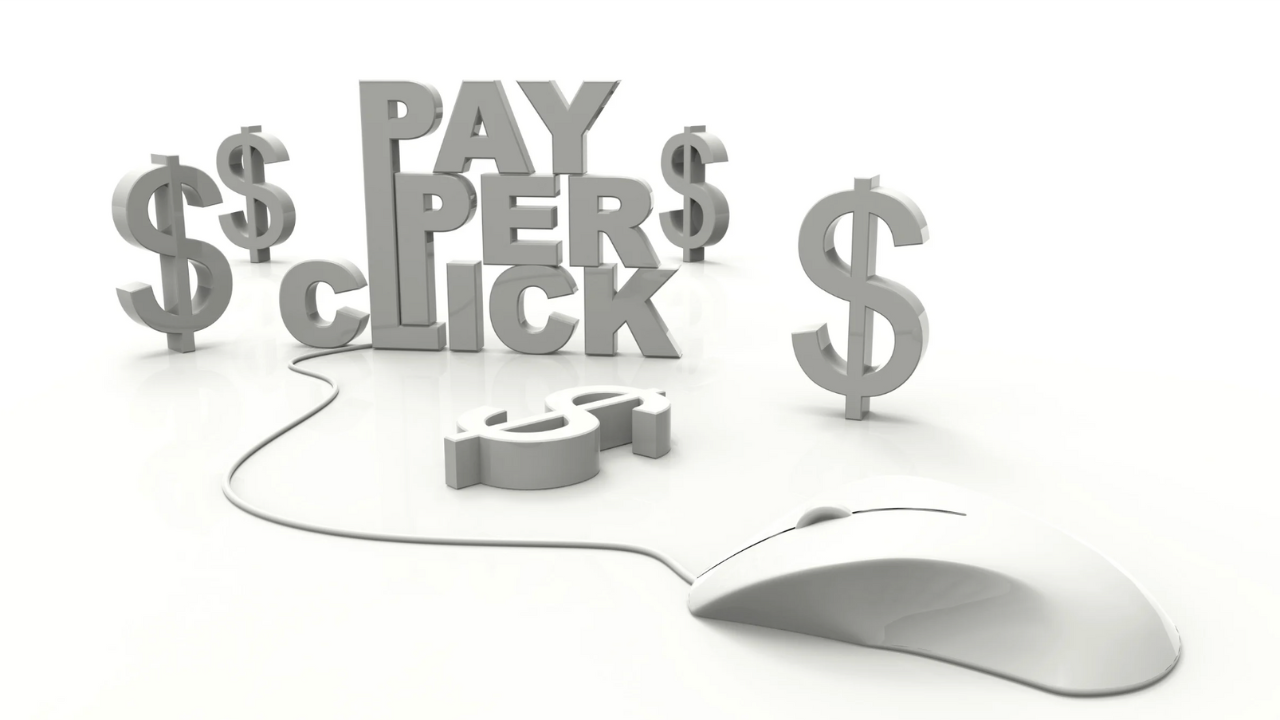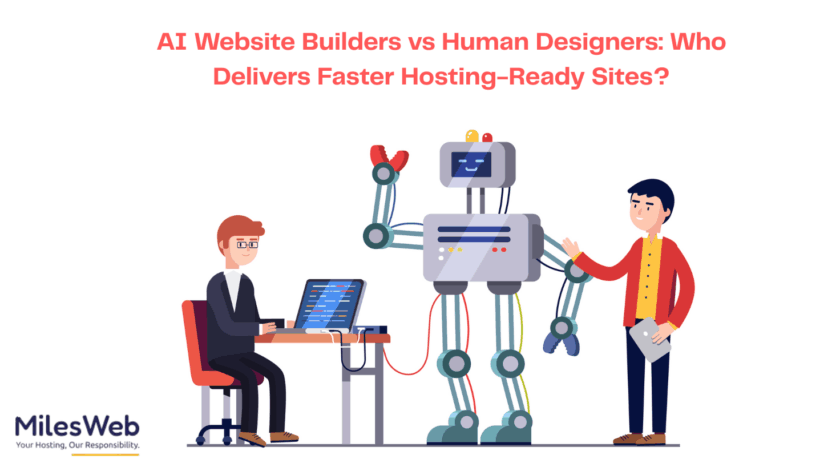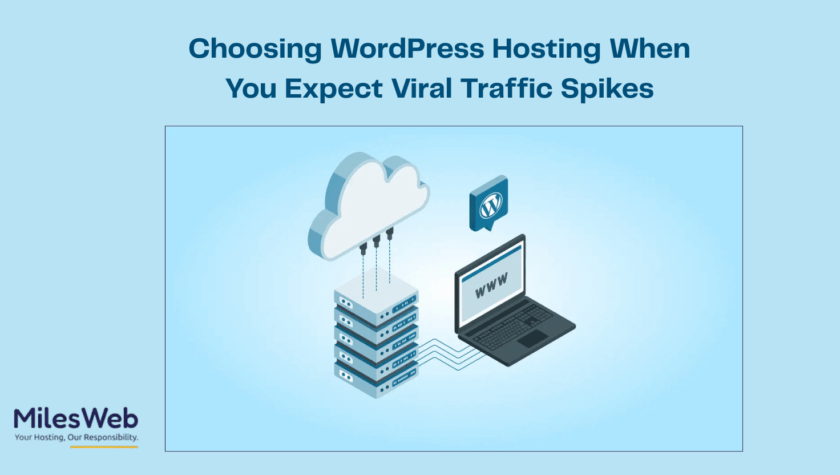- Why Multi-Channel PPC Campaigns Generate More Revenue
- Essential Platforms for Multi-Channel PPC Success
- Creating Cohesive Cross-Platform Campaigns
- Advanced Attribution and Revenue Tracking
- Budgetary allocation tactics to maximise your ROI
- Testing and Optimization Across Channels
- Have Success And Scale Profitable Campaigns
- End Based on the Table in the Conclusion:
Great point about PPC having moved way past standalone channels. Be the first to comment – What do you think? But rather than putting all your eggs in one basket, multi-channel PPC campaigns extend your reach, spread out your risk, and give you multiple opportunities to connect with potential customers.
There has never been a better time to go all-in with a holistic approach to the digital advertising environment. By using Google Ads, Microsoft Advertising, Facebook Ads, LinkedIn, Amazon, and other platforms together, you can create a synergistic effect that makes your results multiply.
Why Multi-Channel PPC Campaigns Generate More Revenue
Multi-channel PPC strategies work because they reflect the way that modern consumers are truly acting. Your future customers reside on more than a single platform. They browse on Google, thumb through Facebook, check LinkedIn for professional content, and peruse Amazon for products. If you reach them where they already are, you are significantly more likely to close the deal.
According to WordStream research, 24% higher conversion rates are available for businesses making use of multiple PPC channels, compared to businesses that only use one. This gain comes from better brand exposure combined with a psychological concept called effective frequency – the notion that people need to be at the receiving end of your message many times before they are ready to act.
Imagine a company that writes a particular type of business software for small business owners. Their multi-channel strategy may combine search ads on Google for proximal intent, LinkedIn ads for professional targeting, and Facebook ads for brand reach. The flows complement each other and serve dimensions of the user growth, but also the purchase of watches.
Essential Platforms for Multi-Channel PPC Success
Google Ads: The Foundation Platform
Google Ads is still the foundation of virtually every winning multi-channel strategy. Google is untouchable in terms of reach, with a whopping 8.5 billion searches performed every single day. There are four types of channels. 1. Search 2. Display 3. Shopping 4. Vide:o This means that you have various options to reach out to your potential customers.
Canny campaign managers use Google’s audience insights to guide their strategies on other platforms. If you find that “urgent solution” is your highest-converting keyword, then use this language in ad copy on Facebook and LinkedIn for message consistency.
Microsoft Advertising: The Overlooked Opportunity
Microsoft Advertising (formerly known as Bing Ads) only has roughly 6% of search, but when you translate that to actual volume, that is millions of searches a month. It usually has lower cost-per-click and higher-quality traffic and can be a great second option to Google Ads.
Microsoft Advertising is overlooked by many advertisers, and for proponents is a potential trove of opportunity. The platform’s simple import feature makes it easy to import all Google Ads campaigns and quickly start to collect more traffic with less work.
Facebook and Instagram: Visual Storytelling Power
Meta’s ad tech has always really done great at awareness and consideration in the customer journey. Facebook and Instagram are visual platforms, so the storytelling opportunities that are available to you in ads are rich ways to drive emotional connections with your brand.
These are great for remarketing to your website visitors and creating lookalike audiences of your best customers. Insights on making money with PPC often reveal that Facebook’s detailed targeting options help identify profitable customer segments that you can then target across other platforms.
AI Dubbing: Scaling Video Ads Across Languages
If video is at the center of your PPC strategy, AI dubbing can take it much further. Instead of producing separate versions for every market, AI dubbing tools let you translate and localize your ad creatives into multiple languages with natural-sounding voices. This makes your campaigns accessible to a wider audience without ballooning production costs.
Imagine running a product demo ad across Facebook, Instagram, and YouTube. With AI dubbing, you can speak directly to Spanish, French, or Hindi-speaking audiences in their own language—without hiring voice actors or studios. It not only improves engagement but also boosts trust and relevance, especially in international campaigns.
LinkedIn: B2B Revenue Generation
If you’re a B2B company, there really is no other professional targeting option like LinkedIn Ads. You can also target by job title, company size, industry, and even specific companies. LinkedIn tends to be more expensive per click, but since the leads are B2B, it makes a lot of sense.
LinkedIn does really well when paired with Google Ads retargeting. Clients who click on your Google search ads can be retargeted with sounding more professional relationship building out on LinkedIn.
Creating Cohesive Cross-Platform Campaigns
The secret to making the most money from multi-channel PPC is to create campaigns across channels rather than channels in isolation. Adjust your messaging but maintain a consistent tone with insights into the platform and people’s usage of it.
Begin with universal value propositions that are meaningful to all channels. Now nuggetize these messages for platform-specific formats and context. A brief search ad headline becomes a compelling Facebook post, which turns into a polished LinkedIn article preview.
If your timing is good, balancing your advertising across the two places doubles the power of your ads. Go live with supporting efforts at the same time to provide a “surround sound” effect by which your prospects encounter your brand message in several places, over a short period of time.
Advanced Attribution and Revenue Tracking
Multi-touchpoint PPC ROI success demands advanced tracking that credits revenue properly across touchpoints. Classical last click attribution tends to devalue upper-funnel channels such as Facebook and LinkedIn, which all contribute to awareness and consideration.
Utilize linear-touch attribution models to account for the entire customer lifecycle. Google Analytics 4 features data-driven attribution, which automatically assigns credit to each touchpoint contributing to a conversion. This is to better understand increasing your bottom line with PPC, dove deep into information on which channel combinations result in the highest lifetime customer value.
Deploy distinctive tracking parameters (UTM codes) for each platform to keep things clear so you can see what performs well. Establish uniform naming conventions for easy cross-channel comparison and analysis.
Budgetary allocation tactics to maximise your ROI
Making the most of your budget accross various PPC channels, It’s all about the Art and Science. Begin by allocating equal budgets to all your selected channels, and then allocate more budget to the top channels after analyzing the actual conversion data.
Calculate the average customer acquisition cost and lifetime value on both platforms. Google Ads may create immediate sales but at a high cost, with Facebook building an awareness that turns into sales in other channels over time. Tips about how to make money with PPC usually indicate that the most successful strategy is a mixture of earning money now and branding for the future.
Use wherever possible automated, A-11-compliant budget tools. Google has auction bidding strategies and Facebook has campaign budget optimization that, within your overall spending limit, will automatically allocate spend towards your best-performing ad and audiences.
Testing and Optimization Across Channels
Cross-Platform Testing and Optimization As I mentioned above, multi-channel PPC efforts offer myriad opportunities to optimize across platforms. Ads that work well on one platform often work well on others with a few tweaks.
Use tests similar to audiences across various platforms to find out where your best customers spend their time. Perhaps you’ll find that your audience on Facebook has a better reaction to video content, while your Google crowd clicks more on detailed text ads. These tips for making money with PPC allow you to better your creative strategies across the entire campaign spectrum.
Take advantage of platform-specific optimization tools while staying on message with your campaign as a whole. Google’s responsive search ads, Facebook’s dynamic creative optimization, and LinkedIn’s objective-based campaigns all have distinct benefits that can drive performance when harnessed effectively.
Have Success And Scale Profitable Campaigns
Monitor not just the performance of platform-specific statistics, but how well your business is doing overall from every channel your PPC’s running on. While it’s important to understand the performance of each platform, make sure to optimize around the total dollars driven and remember how much it costs to acquire a customer and what you make on them over their lifetime across all channels.
Implement consistent reporting that reflects cross-channel performance and optimize opportunities. Find the patterns, which particular combinations of channels lead to particularly favorable outcomes, and then bet on these winners.
If possible, scale successful campaigns slowly over time while not sacrificing performance. While it’s typical for efficiency to drop as you scale, increase your budgets by 20-30% per week as you continue monitoring your KPIs closely.
End Based on the Table in the Conclusion:
The best insights on what it takes to make money with PPC revolve around a multi-channel, integrated approach that not only brings connections to customers at various stages of their journey but do so in an organic way. Begin with 2-3 platforms that your audience uses, and as you gain more confidence and receive positive feedback, expand your reach.
Get started with clarity of message on your selected platforms, get your tracking in-place properly, and better learn how channels complement each other in driving revenue. Those who are able to capitalize on the multi-channel approach to PPC set themselves up well for sustainable, scalable growth in today’s increasingly competitive digital world.
PPC across multiple channels is not easy to master, but it will be worth it when you compare the revenues achieved through a “one channel at a time” approach. Your customers are ready on various channels – time to connect with them there.



